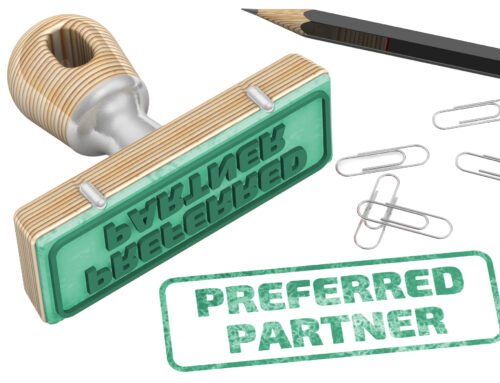 By Todd Ruberg, Simpactful Senior Partner, and former Procter & Gamble Vice President of Customer Business Development
By Todd Ruberg, Simpactful Senior Partner, and former Procter & Gamble Vice President of Customer Business Development
While there will be time before any integration or changes occur, previous mergers in the last decade have provided great insight into the challenges ahead. Brands can start to prepare now for the inevitable.
I should know. I led Customer Business Development for a major CPG during both the Kroger and Fred Meyer mergers in the late 90s, and several Albertsons transactions, starting with the American Stores merger, through the SuperValu acquisition.
One thing is clear: with a merger of this magnitude, there is as much to be gained by a supplier, as there is business to be lost.
In my experience, things will start to develop in three different phases: Post Announcement, Integration Planning, and Integration Execution. While CPGs will have the benefit of time, subsequent announcements and information will guide their own changes and responses. Here are things to get ready for now:
Post Announcement Phase:
This period starts while merger approvals are underway. Expect retailer personnel distraction and speculation of possible outcomes: government approval, store closures, layoffs, early retirement, headquarter closures, management changes, and on and on.
CPGs can do two things to mitigate business risk due to these distractions. First, strong Joint Business and Merchandising plans with commitment for longer time frames will be key. This can safeguard merchandising and distribution as real change begins to occur in later phases.
Second, Sales leaders need to keep their Kroger and Albertsons teams focused on developing strong plans and executing with excellence. You run the risk of spill-over rumors, gossip, and fear of headcount reductions as buyers and merchandisers seeks out all sources of possible information. For instance, the Kroger Buyers may want to know what your Albertsons’ customer team is hearing. Strong, regular, consistent communication methods are the best way to have personnel remain focused.
Integration Planning Phase:
Early integration planning has commenced with the due diligence required to map out the deal. The heavy lifting will start post FTC decisions and approval. In this phase, there are two things you can expect.
Compliance at the retail store level will become an issue. This is already a challenge today, and will become more so as integration, divestiture, and personnel changes are announced. CPGs will want to look carefully how trade funds are structured, working towards payment vs. compliance measures. New distribution, planogram changes, and other in-store initiatives will likely face disruptions and require extra attention and effort if organizations have not moved timing to avoid this phase.
The new entity will compare a supplier’s pricing, funding, and shopper marketing across the two previous entities. Expect the “new” Kroger to start negotiating from what they perceive to be the better terms. You can get ahead by analyzing your Kroger and Albertsons terms now in preparation for a new negotiation strategy. Suppliers have been caught unprepared in previous mergers, both in terms of their negotiation message tracks and skill sets. Those who will be interfacing with the retailers need to be expert negotiators.
Integration Execution Phase:
As integration begins, brands will need to be ready for several things.
Distribution alignment: This is where business can be gained or lost. You can prepare for identifying strong distribution or merchandising programs working at one entity but not yet implemented at the other. Selling these enterprise-wide can deliver big upsides. Preliminary pitch planning could start now.
Inventory issues: A strong Supply Chain team engaged with the merged retailer will be key, as problems could occur as Distribution Centers and order fulfillment changes are executed. The retailer will likely ask for inventory returns or markdowns of items losing distribution in the merger, and you may need to do supply planning for items that gain distribution.
Internal organization changes: As the new retailer decision points are clarified, suppliers will undoubtedly have the opportunity to evolve their own Kroger/Albertsons team. The key is knowing when to implement the change during the merger process, and monitoring evolving needs. At the right point, it will make sense to first connect the separate teams and then perhaps to integrate them into a single team.
This merger will have an enormous impact on the retail and CPG landscapes. While we will all have time and more information to make necessary changes, history tells us that the brands who are “ready” with plans can advantage themselves.
At Simpactful, we have experienced leaders from both sides of the desk that have executed merger integrations across all functions. We can identify the best practice JBPs, offer negotiation training, develop retailer compliance plans, support supply chain teams, and develop capabilities to grow through mergers.
Interested in learning more about how we can help you prepare for the merger? Contact the Simpactful team today at contact@simpactful.com or 925-234-6394. Visit www.simpactful.com




